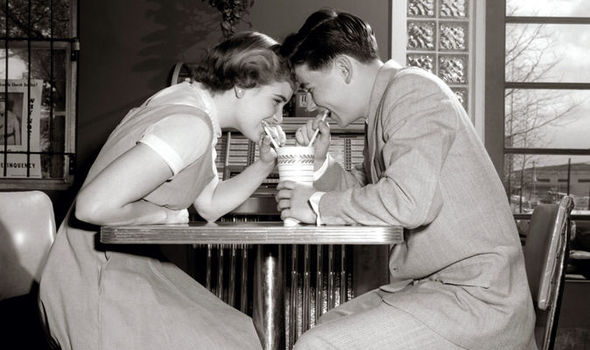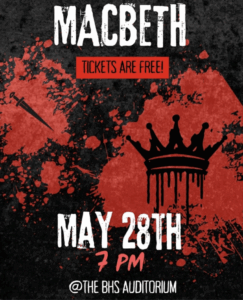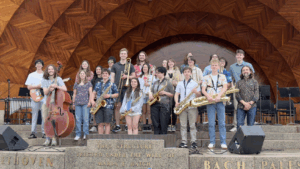By Norah Jewett ‘25
We’ve always handled relationships. As social standards and norms have changed throughout history, so has people’s grasp on love and affection.
In ancient times, it was very common for people–particularly girls– to get married at very young ages. Marriages were a way of securing alliances and power. There was very little say in marriages, especially on the girl’s part, and her only duty in a marriage was to produce sons to carry on the bloodline.
In 1000 to about 1500, people started to become a bit more involved with their romantic interests. Some sources share that men would actually fight and joust for women’s attention and favors.
In the 1700s, marrying for power, wealth or opportunity was extremely common. Courtship with the intention of marrying became common, and all happened under the supervision of the girl’s parents. It was normally considered scandalous for an unmarried man and woman to be alone together, so if a couple wanted to spend time together before they were married, it was always done with another person that could be deemed their “chaperone”.
The 1800s saw a strong continuation of courtship, but while women typically started courting at the young ages of 15 or 16, many waited until their early twenties to get married and settle down. And while there were many marriages for the intention of gaining power and status, some started moving away from that idea and marrying for love instead, or at least some kind of basic affection.
During the late 1800s and early 1900s, the term “dating” started to appear as women started to branch out socially as they started to stop relying as heavily on their fathers and husbands. At first, this idea of “filling up the ‘dates’ in [their] calendar with outings with young men” was scandalous and was openly more casual than the typical courtship, according to a writer for the Chicago Record in 1897. However, this idea of dating started to become more popular with young people as they started going out on slightly more “casual” terms.
This idea of a less rigid way of meeting with someone grew in popularity as the roaring twenties rolled around, and with it, lots of partying and illegal drinking. Dating became a fun way to pass the time and started becoming associated with speakeasies (places where people could illegally drink during the times of Prohibition) as many young couples spent their nights out partying and drinking together.
When the Second World War broke out and men were being deployed across the world, women started becoming less concerned with a man’s status and more about his likelihood of surviving the war. The ages of people getting married drastically dropped and by the 50s, over half of married women had been married by the age of 19.
This trend of marrying young carried into the 50s, where it was common to get married right after high school. Dating in high school was a precursor to a quick proposal and a wedding that could occur only months after the couple had graduated. Though many waited until at least college or sometimes later into their twenties to tie the knot, it wasn’t unusual for people to get married at such a young age. It was so common, in fact, that many women and girls felt immense pressure to get married to someone as soon as possible, even if they had only been together for a few months.
The 60s and 70s brought forth counterculture, a trend that rebelled against previous social norms and traditions, and the interactions between couples reflected that. The contraceptive pill was invented and there was a sharp increase of people started having premarital sex. Dating was fun and casual, and was no longer not just a way to find a spouse, like it was in centuries leading up to this time. The idea of relaxed and casual dating carried into the 80s as well, shaping into the type of dating that we are familiar with today.
During the early 2000s to the 2010s, there was the introduction of the “talking phase,” thanks to the internet. This is defined as the very early stage before a relationship actually forms where the couple talk over the phone for weeks, or even sometimes months. This is quite common today, particularly amongst Gen Z–who with their limitless internet access– normally spend time in a “talking phase” getting to know the other person before fully committing to a relationship.
Now we are currently in the age of online dating, where you can find potential partners with just a click of a button. Many people have reported meeting life long partners over dating apps, a social phenomenon quite different from the relationships of the past.
Regardless if you’re pleased with the current relationship trends or not, one has to recognize the transformations relationships have gone through throughout history. Whether it’s an arranged marriage, courting, or a fun fling, we’ve certainly seen a shift in common practices from ancient times to today.
Image credit: Daily Express



